Once you leave behind the island’s busy highways, central Malta reveals some unexpected surprises, like the charming towns of Mdina and Rabat. Catacombs, fortified villages, and surprisingly good restaurants make this area well worth a visit.
Table of Contents
What to See in Central Malta
The heart of Malta is still home to small towns and wooded areas that preserve a genuine, traditional atmosphere. Mdina, the island’s former capital, is undoubtedly one of the most beautiful places to explore. Perched on a hilltop with sweeping views over the sea and countryside, this golden-stone town feels like stepping into another era.
PLAN YOUR TRIP TO MALTA
To get the most out of your visit to Malta, enjoy the convenience of the all-inclusive Malta Multi Pass. It includes open-top bus rides, cruises, and entry to Heritage Malta and other attractions.
During your trip, you can stay in touch with family and friends with Holafly eSIM and enjoy an unlimited connection at 3G/4G/LTE speeds.
Renting a car in Malta allows you to explore any beach or attraction at your own pace. Plus, you can travel with confidence by securing Heymondo travel insurance, ensuring that your adventures are worry-free.
Next to Mdina lies the beautiful town of Rabat, easily reachable on foot with a 15-minute walk from Mdina. Its name comes from ir-ribat, meaning “fortified monastery”. Here, you can visit ancient catacombs, including the famous St. Paul’s Catacombs, once used as burial sites for Christians and Jews.
Both Mdina and Rabat offer excellent Maltese restaurants where you can try local specialities. If you have more time to explore the area, you can also visit historically significant World War II sites, such as the Malta Aviation Museum or the bombed church of Mosta.
Mdina: the ancient capital of Malta
Perched on a hilltop, Mdina is surrounded by mighty walls that offer stunning views over the sea and countryside.
Of all the places we visited, this was probably our favourite Maltese town as it’s truly scenic. Unsurprisingly, several movies and TV shows have been filmed here.
Founded by the Phoenicians, Mdina was later fortified by the Arabs after they conquered the island in 870 and became the residence of the Maltese nobility. However, the city lost its importance when the Knights of St. John arrived and built Valletta.
Besides its splendid noble palaces, Mdina is also known as the Silent City, thanks to its peaceful, almost timeless atmosphere. I recommend spending at least half a day here, combining your visit with nearby Rabat, just a short walk away.
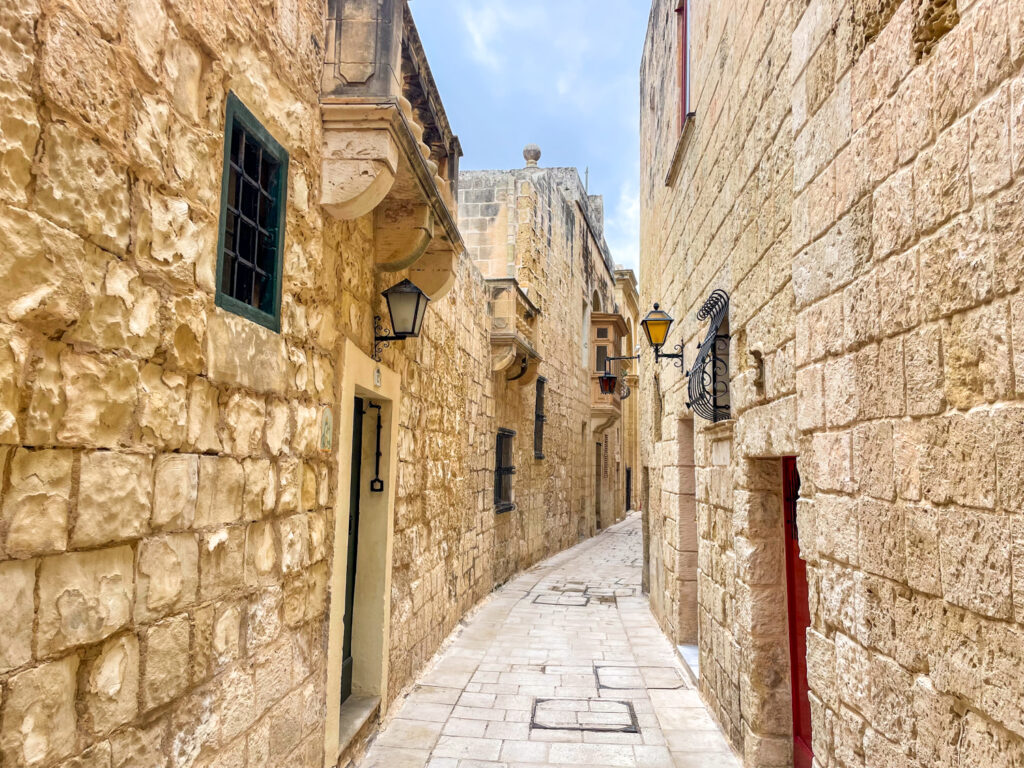
St. Paul’s Cathedral
St. Paul’s Cathedral, also known as the Metropolitan Cathedral of Malta, is the main church of Mdina and holds the distinction of being Malta’s first cathedral, predating the construction of St. John’s Co-Cathedral in Valletta.
The cathedral is dedicated to the conversion of St. Paul, the apostle who founded the Maltese church after being shipwrecked on the island en route to Rome in 60 AD.
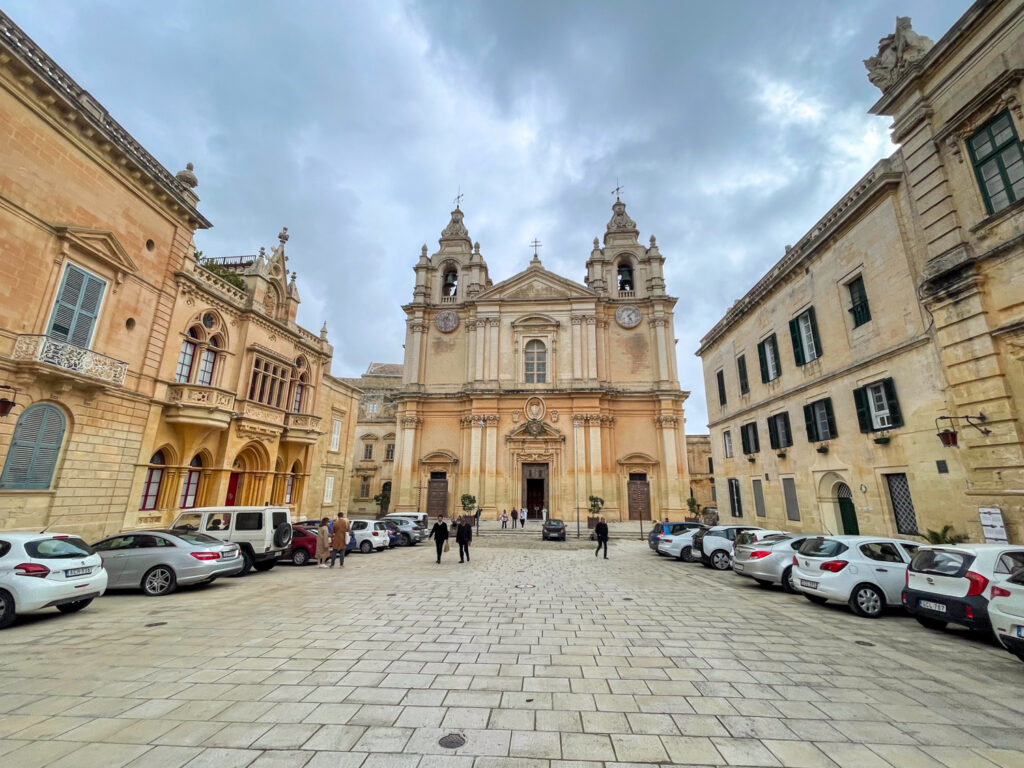
According to legend, St. Paul’s Cathedral was built where Publius’s villa once stood. Publius was the Roman governor when St. Paul first landed on the island.
Designed in the Baroque style by Lorenzo Gafà, the cathedral was constructed in 1703 on the remains of a previous medieval church, using the characteristic local golden limestone. The frescoes on the ceiling depict the life of St. Paul, and chapels surround the central nave.
Entrance to St. Paul’s Cathedral requires a ticket, but the building may be closed during events such as weddings or religious ceremonies. Tickets cost €15 and can be purchased online.
A wedding ceremony took place during our visit, so we could only peek through the doors. From what I saw, St. Paul’s Cathedral is truly stunning, but honestly, I’m not sure I would have spent so much to visit it if it had been open since I’m not such a fan of churches.
St Paul’s Cathedral
Misraħ San Pawl, MDN 1100, Mdina
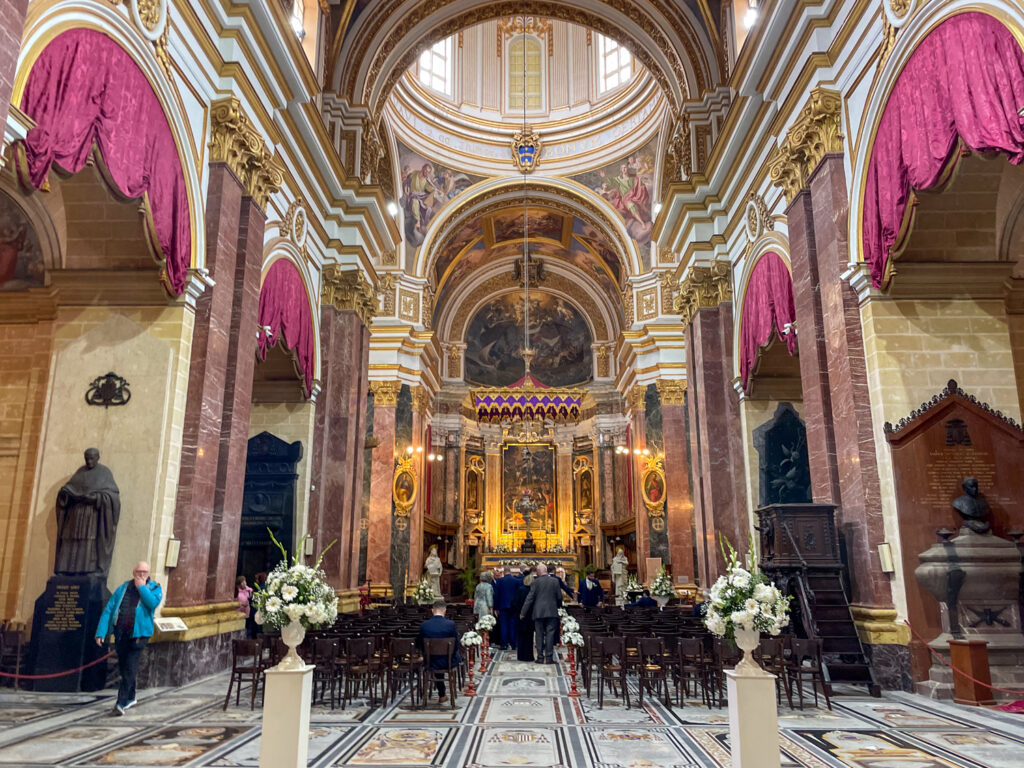
St. Peter’s Monastery
In the heart of Mdina, you’ll also find the St. Peter’s Monastery, founded in 1418 and one of the few remaining active cloistered female monasteries in Malta. Benedictine nuns still live there today.
From the outside, the building looks like any other palace, but inside it holds a rich collection of sacred art and liturgical objects, bearing witness to centuries of devotion and a quiet spiritual presence.
The monastery is only partially open to visitors, but it’s definitely worth stopping by, even just to admire its grand entrance door and the peaceful atmosphere that surrounds it. The public areas include the novices’ rooms, service quarters, and the chambers of Blessed Adeodata Pisani, a Maltese noblewoman who chose the monastic life over marriage.
Away from the busiest tourist routes, the St. Peter’s Monastery is perfect for discovering a more intimate and spiritual side of Malta’s history.
St Peter’s Church and Monastery
Triq Villegaignon, MDN 1010, Mdina
The Noble Palaces of Mdina
Strolling through Mdina, you’ll come across elegant Baroque façades, grand entrance doors, and noble family crests carved into the stone. These noble palaces tell the story of Malta’s aristocratic families.
One of the most famous is Palazzo Falson, a beautifully preserved medieval residence now turned into a museum. Here, you can explore rooms furnished with period furniture, art collections, armour, and ancient manuscripts.
Another remarkable building is Palazzo Vilhena, located at the city’s entrance. Built in the 18th century, it now houses Malta’s Natural History Museum. Its imposing French Baroque architecture reflects the prestige of the Maltese nobility during the rule of the Knights of St. John.
Visiting Mdina’s noble palaces lets you connect with the aristocratic soul of the island, preserving its timeless charm perfectly intact.
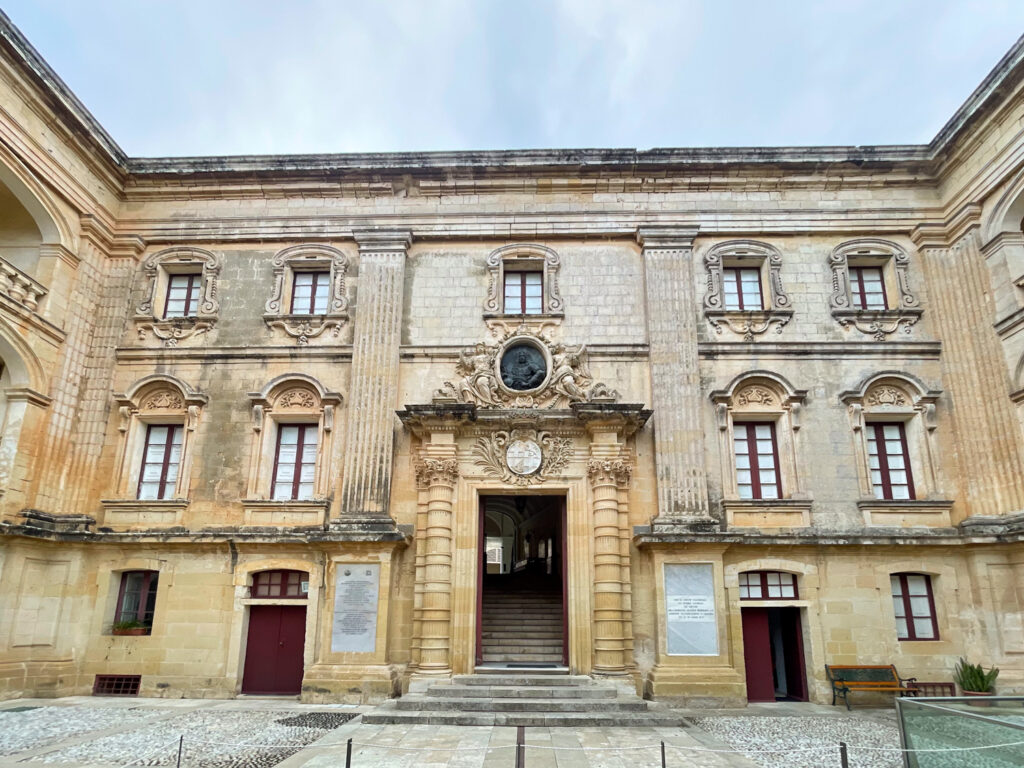
The Walls of Mdina
A completely intact city wall surrounds Mdina. Unfortunately, you can’t walk all along the entire circuit, but only on a portion that offers spectacular views of the surrounding landscape.
The city was fortified initially during the Arab occupation of the island, but the walls you see today date from a later period. In fact, the Knights of St. John added an additional ring of fortifications to bolster the city’s defences.
Mdina and the Cinema
Malta is famous for hosting several film sets, including the one for Popeye, which later became the Popeye Village theme park. Specifically, scenes from Game of Thrones and Napoleon were filmed in Mdina.
If you’re a Game of Thrones fan, you’ll easily recognise some spots from the first season. The scenes where Catelyn Stark arrives at King’s Landing and Ned Stark is attacked by Jaime Lannister are shot right within Mdina’s narrow alleys.
Mdina also appears in the colossal Napoleon, directed by Ridley Scott. Some scenes set in Paris were actually filmed in Mdina’s St. Paul’s Square (Pjazza San Pawl), showcasing the city’s timeless charm and versatility as a movie location.
How to Get to Mdina
We explored the entire central area of Malta by rental car, which is the best way to move freely around the island. However, if you prefer public transport, several bus lines connect Mdina and Rabat with Valletta and other main towns. Using Google Maps is the easiest way to plan your route.
Getting to Mdina by car is very easy, you just need to follow Google Maps or any other GPS navigator. Just remember to park outside the city walls, as driving inside is not allowed.
The large paid parking lot, Parking Mdina, is an excellent option during the high season, while in the low season, you can find free parking spaces nearby.
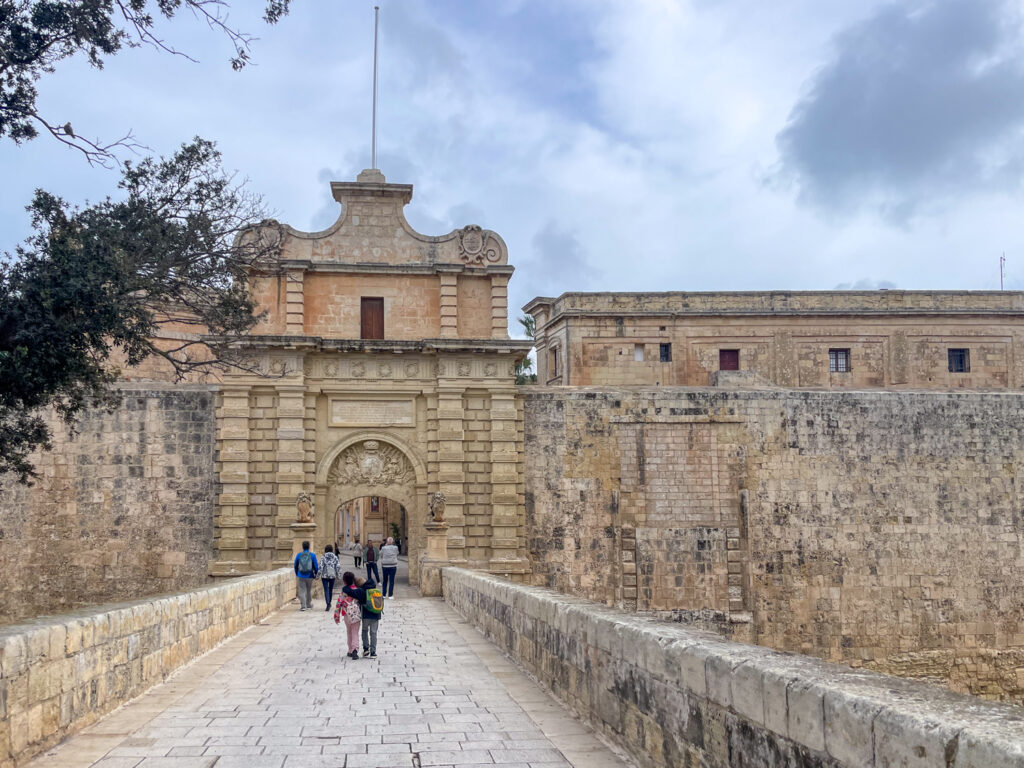
Rabat: Catacombs and Authentic Atmosphere
Rabat is a town adjacent to Mdina, but with a completely different architectural style. Originally, they were a single urban area, but the Arabs separated the two cities after their conquest of Malta in 870 AD.
What makes Rabat special is its still very local and authentic atmosphere, especially during the low season. The houses feature the typical Maltese enclosed balconies called galerijas, which you can also see in Valletta.
What makes Rabat truly unique, however, is the network of catacombs weaving beneath the town, along with many underground crypts. Over time, Rabat’s catacombs have served as burial sites for different religions, places of worship, and even air-raid shelters.
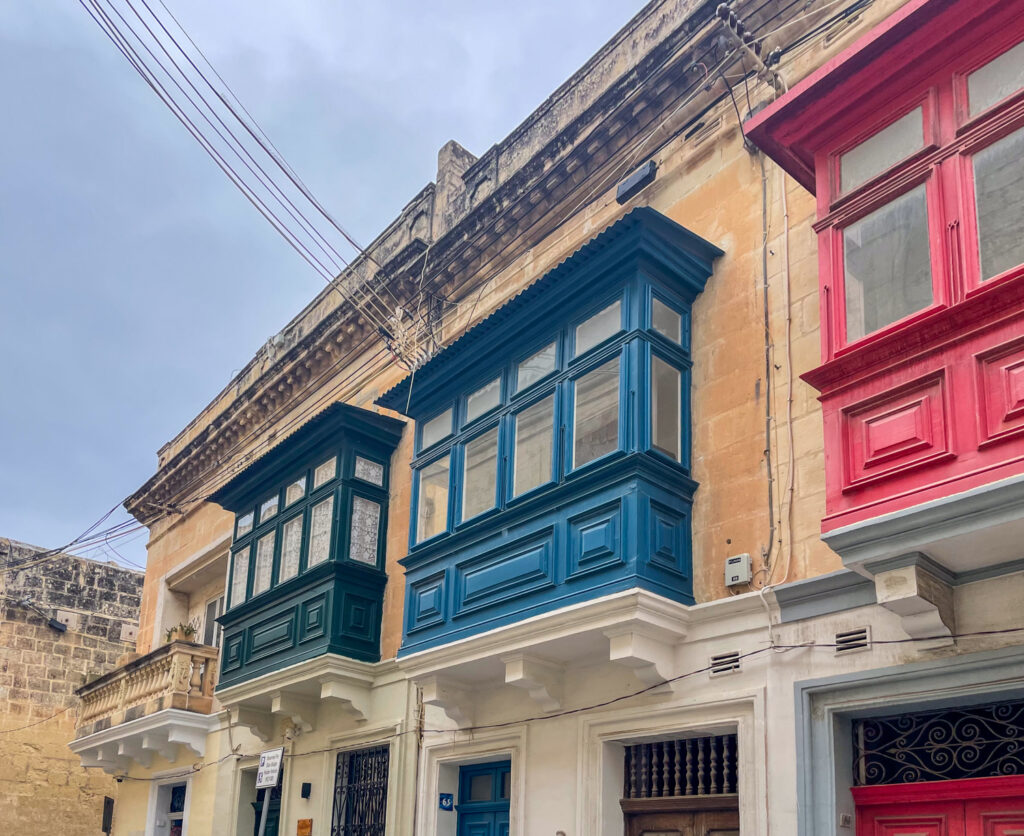
St. Paul’s Catacombs
The largest underground complex in Rabat is the St. Paul’s Catacombs. Despite the name, they have nothing to do with the Christian apostle. Maltese catacombs were never used as hiding places during persecutions, but solely as burial sites.
Visiting St. Paul’s Catacombs, you’ll discover Jewish, Christian, or even older tombs. Only during the Middle Ages were they also used as places of worship and later for storing agricultural products.
Before entering the catacombs, there’s a small museum explaining their history and use. At the same time, along the visit route, you’ll find additional information panels.
Tickets cost €6 for adults, with discounts for children, teenagers, and people over 60 years old. However, the admission is included in the Heritage Pass. If you plan to visit Fort St. Elmo, the Hagar Qim temples, or the Grand Master’s Palace in Valletta, the Heritage Pass is definitely the best choice to save money. Alternatively, you can buy tickets for St. Paul’s Catacombs directly at the entrance on the day of your visit.
The complex is quite large, and each group of catacombs has its own separate entrance. Exploring them all is a lot of fun, especially for kids, even though they’re quite similar to each other. Make sure to wear sneakers with non-slip soles and comfortable clothes, as some catacombs are very narrow with fairly steep entrances.
St. Paul’s Catacombs
St Agatha Street, Rabat, Island 2013

How to Get to Rabat
Getting to Rabat from anywhere in Malta is quite easy by following your GPS or Google Maps directions. Although the roads can be busy, tourist spots are generally easy to reach.
If you plan to visit Mdina on the same day, there’s no need to move your car to get to Rabat since the two towns are just a few minutes’ walk apart. If you parked at Parking Mdina or nearby, expect about a 15-minute walk to reach the St. Paul’s Catacombs.
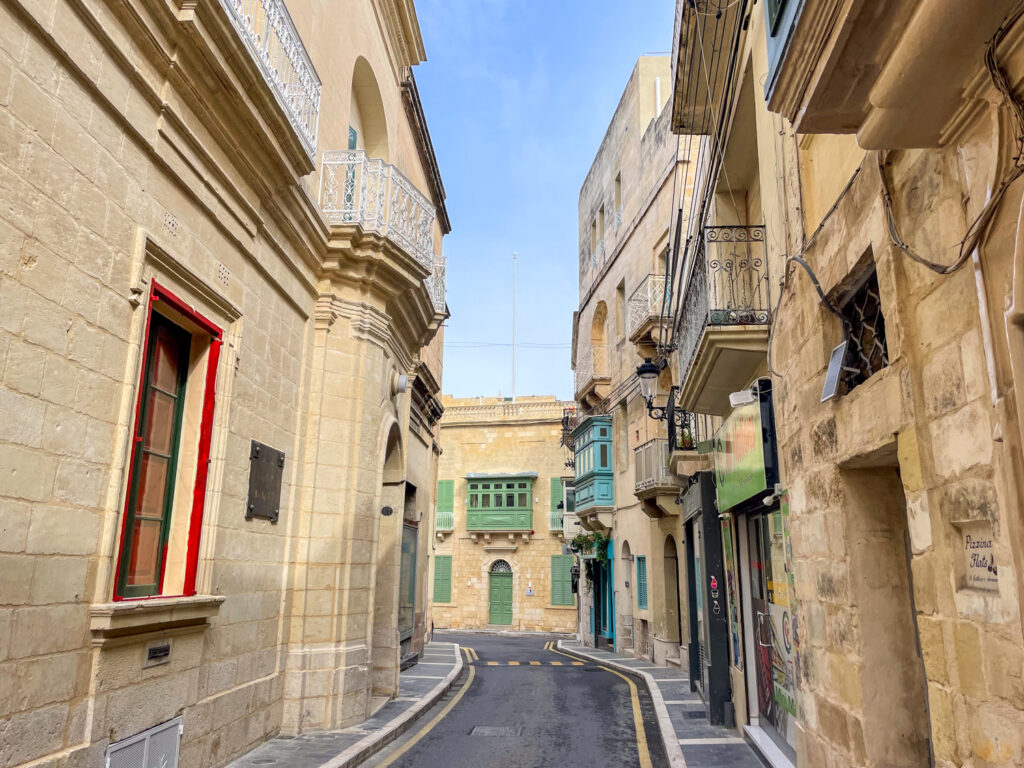
What to See Around Mdina and Rabat
If after visiting Mdina and Rabat you still have some time to explore central Malta, you can venture along hiking trails, discover the ancient Wignacourt Aqueduct, or explore British-era defensive structures.
In the village of Ta’ Qali, once home to a British RAF airbase, you can visit the Malta Aviation Museum, showcasing some of the most iconic WWII aircraft, and the Crafts Village, where artisans create jewellery, blown glass, and ceramics.
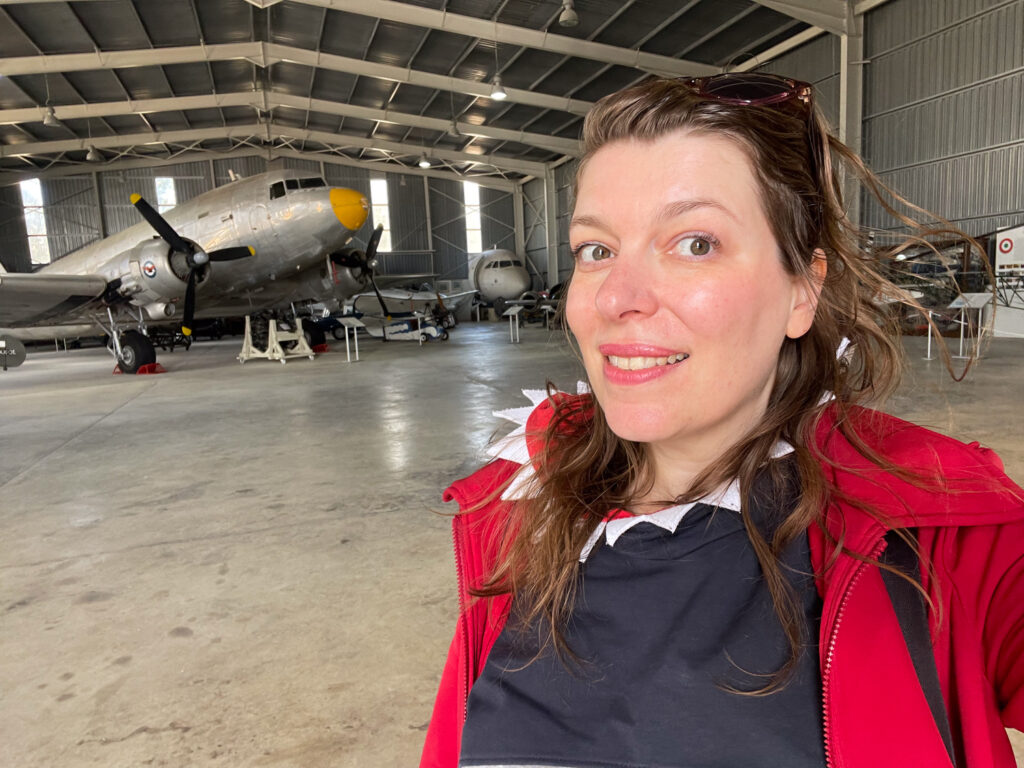
Originally, artisans worked inside old Nissen huts, corrugated metal hangars dating back to the post-war era. Today, only two of these huts remain, as the village has expanded into a much larger, modern complex inspired by traditional Maltese architecture.
Nearby, you’ll find the Mosta Rotunda church, famous not just for its circular design inspired by Rome’s Pantheon but for the miraculous unexploded bomb that fell in 1942 while around 300 worshippers waited for Mass to begin.
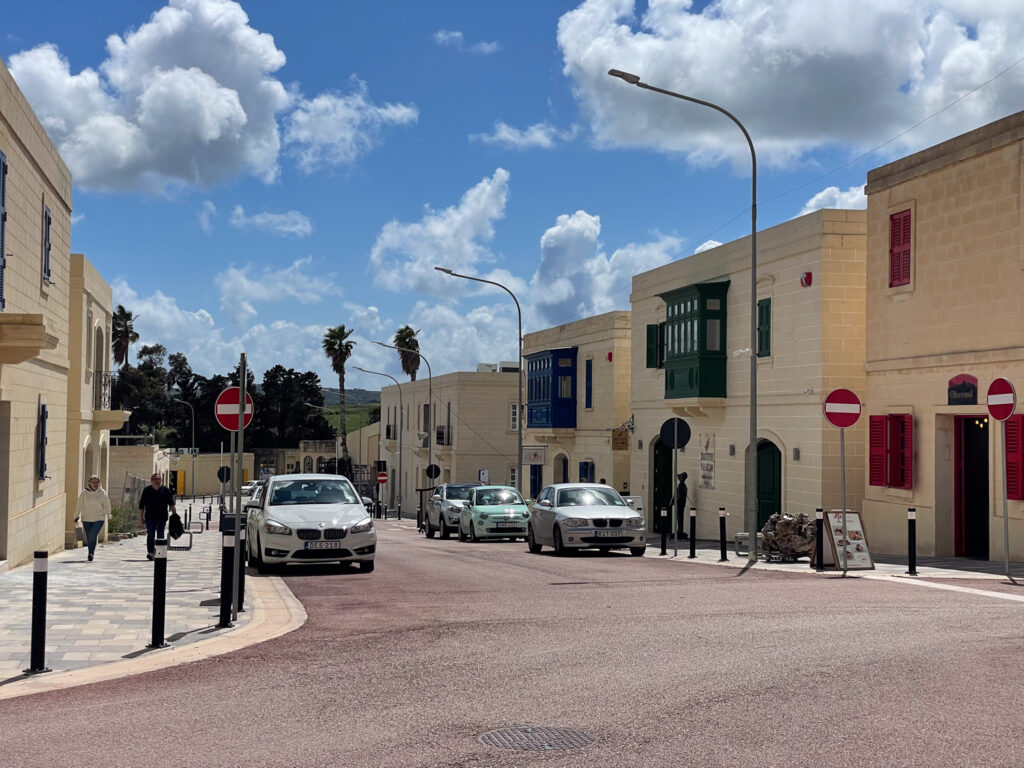
Getting Around Central Malta
As you can see, the central part of Malta is full of interesting places to explore. If you’re travelling by car, visiting all the attractions mentioned in this article at your own pace is easy.
Using public transport is a bit more challenging. It requires careful planning, but organised tours are available to help you discover the island hassle-free. For example, you can join a tour of the Aviation Museum, Mosta Rotunda church, and the World War II shelters, or opt for the Rabat, Mdina, and San Anton Gardens tour that includes visiting St. Paul’s Catacombs. Many of these tours offer convenient hotel pick-up from Valletta, making your day even easier.
If you don’t want to rent a car and stay in one of Malta’s main tourist areas, organised tours are a great way to explore the less-visited parts of the island and dive deeper into your interests.
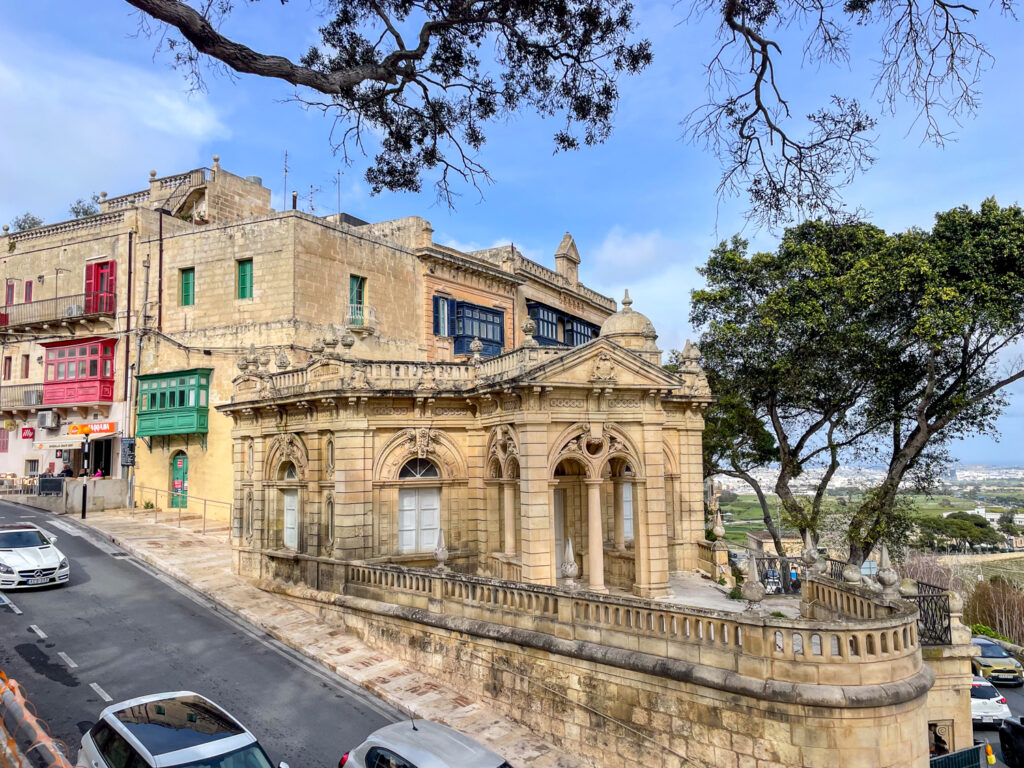
Where to stay in Malta
The best areas to stay in Malta are St. Julian’s, St. Paul’s Bay, and Valletta. St. Julian’s is well-known for its vibrant nightlife, making it an ideal spot for those looking to enjoy evening entertainment. A great place to stay in St. Julian’s is the stunning Mercure St. Julian’s Malta.
Valletta, the walled fortress city and capital of Malta, is filled with beautiful churches, museums, and palaces. I recommend Valletta for a romantic city break, and the luxurious AX The Saint John is the best hotel for an unforgettable stay.
St. Paul’s Bay is perfect for family trips, as it offers a calmer atmosphere compared to St. Julian’s and Valletta, along with several great playgrounds for children. For accommodation, you can choose the Best Western Premier Malta.
Share your experiences in the comments, or let me know if my descriptions of Mdina, Rabat, and the surrounding areas have piqued your interest enough to include them in your next trip itinerary.

4 comments
I loved Malta,its street and building tell the story. I found familiar places in many of your photos, and yes, you made me want to go back to Rabat and Mdina
I read on your blog that you’ve also visited Malta! It was cool rediscovering the island with your eyes
I have never been to Malta, unfortunately but reading your post I think that Mdina will touch my heart. i like ancient walls and noble palaces
Mdina is really stunning. I’m pretty sure you’ll love it ❤︎